This art deco tower in Cairo, once home to Egypt's glitterati, now houses a secret hotel
The Immobilia building was the Egyptian capital’s first-ever skyscraper. Now, it offers the perfect Cairene pied-à-terre
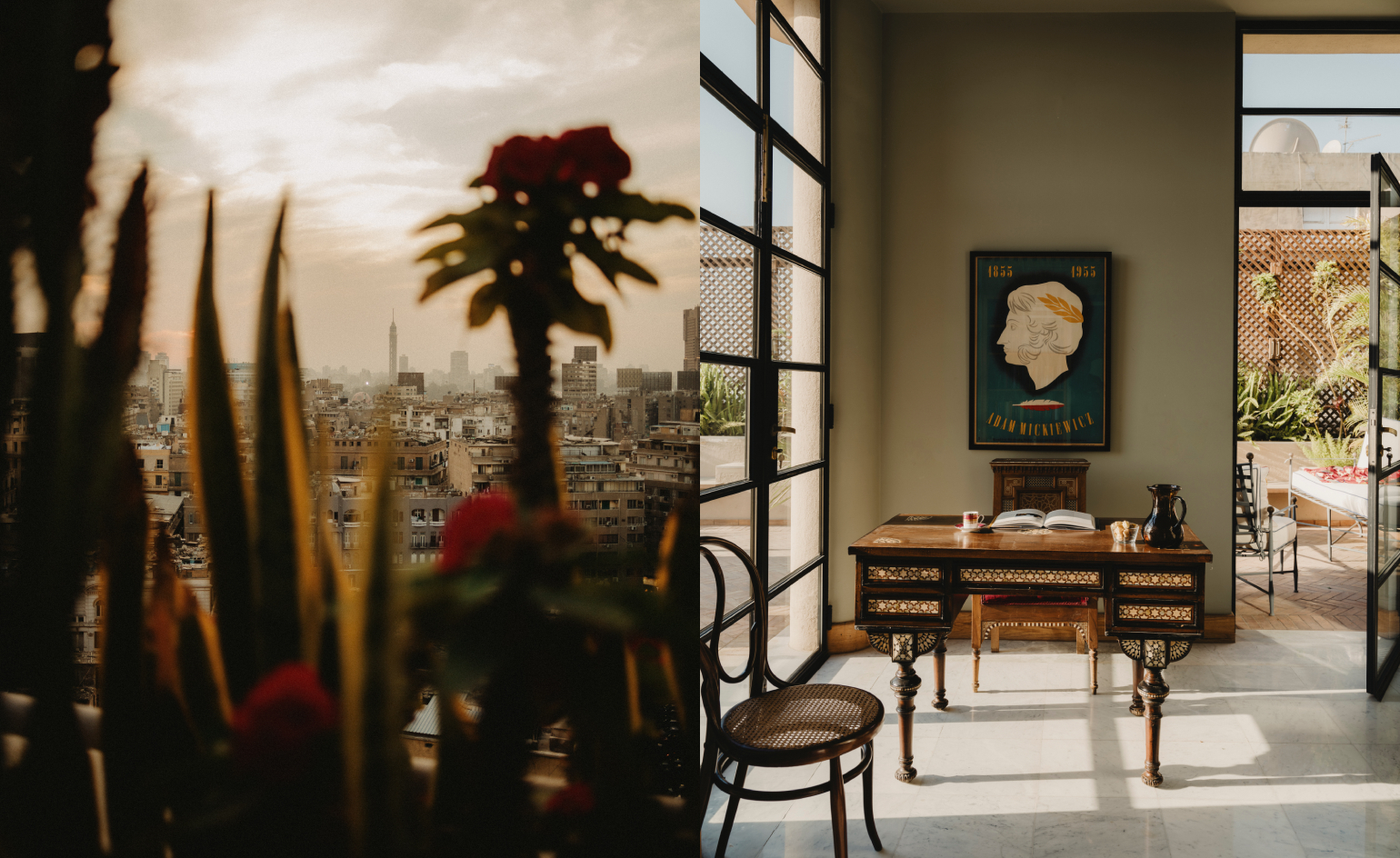
The Immobilia apartments are not for Cairo novices, especially when plenty of international hotels in the city offer familiarity to first-timers looking for a soft landing in the Egyptian capital. But for those who thrive on Cairo’s always exhilarating, often confounding energy, and who want an experience that’s less about predictable luxury and more like staying in the home of extremely stylish friends, these recently renovated apartments in an architectural icon are just the thing.
Tour Immobilia, Cairo

Arriving at the Immobilia building can be a daunting prospect. It’s located in the middle of Cairo’s crowded, noisy centre, a short walk from Tahrir Square and the Egyptian Museum, the surrounding air filled with a cacophony of honking car horns, cooing pigeons and the buzz of one of the world’s most thrilling cities. There’s no indication that you’ve arrived until you see the smiling face of Ali, the former butler of the American ambassador, who oversees four recently renovated apartments in the building, part of the Egypt Beyond portfolio including Luxor’s Al Moudira hotel, the Set Nefru dahabiya on the Nile, and La Maison Bleue in El Gouna.
Considered Cairo’s first skyscraper and once the tallest building in the Middle East and Africa, Immobilia sprawls over a pair of towers constructed between 1938 and 1940 by Egyptian industrialist Ahmed Abboud Pasha, one of the wealthiest men in the world at the time. Max Edrei and Gaston Rossi, both known for their many contributions to mid-century Egyptian architecture, were responsible for the design of the pioneering building. Immobilia eschewed the classical detailing that was the fashion of the era in favour of Art Deco lines, offering the epitome of elegance with sleek, modern exteriors. The building’s spectacular views of the Nile appealed to the Cairo glitterati, drawing a stylish rota of residents and visitors including movie stars, politicians and artists.

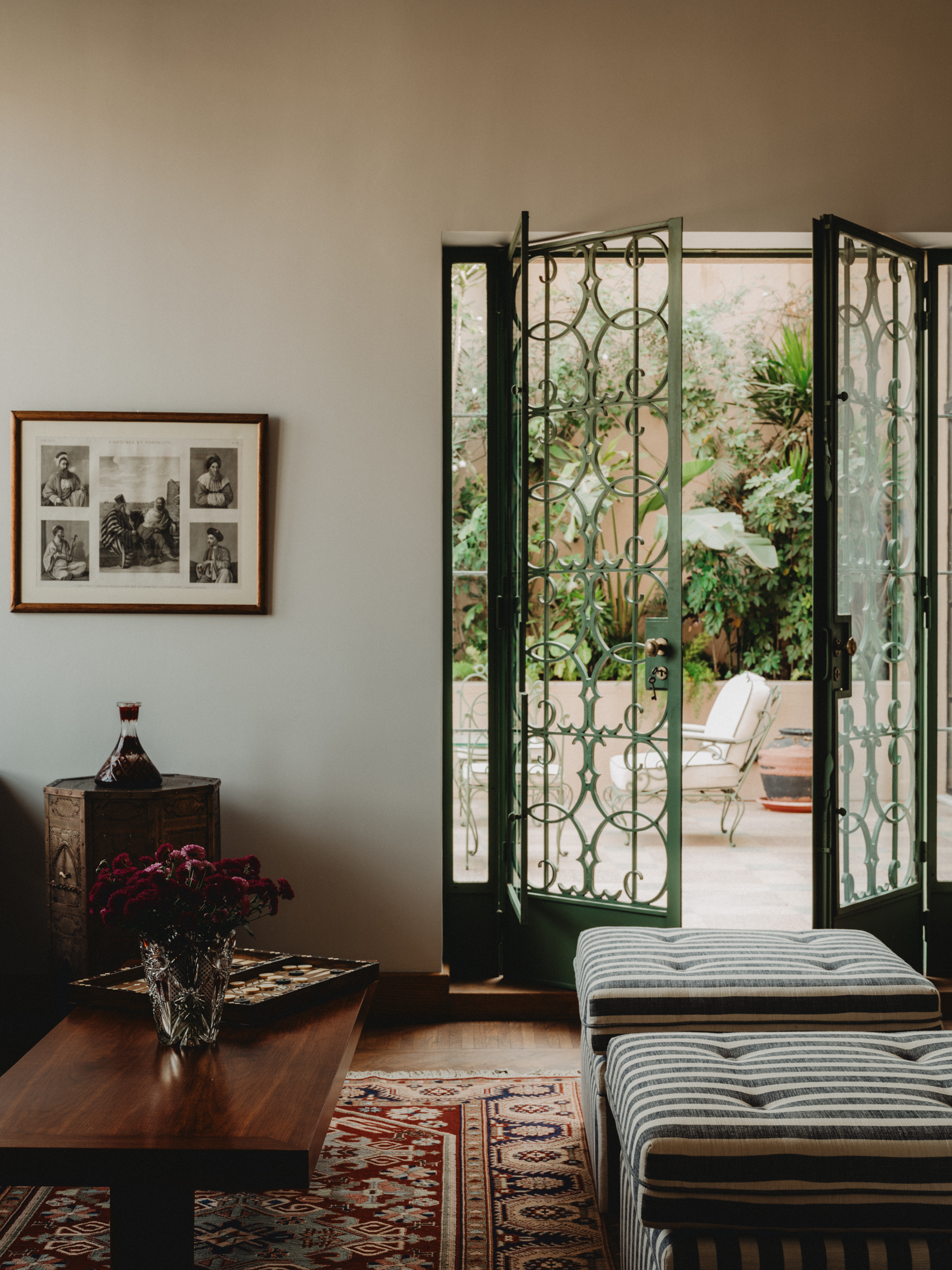
Today, the towers blend into the rest of the city’s dusty, rough-around-the-edges urban fabric. Gaze out of a window on the upper floors and the views are of a sepia-toned cityscape, of neighbouring rooftops spiked with satellite dishes and TV antennae, and the cylindrical Cairo Tower standing tall on Gezira Island, surrounded by the waters of the Nile. While the river is no longer visible, today’s panoramas are as alluring in their own way as those early unobstructed vistas must have been.
The entrance to the building provides no additional clues as to what awaits in Egypt Beyond’s new apartments. The main door is flanked by plastic signs in Arabic text announcing other residents – lawyers, public notaries, vendors of ‘Casual Ladies Clothing’ – and the dimly lit lobby, with its clunky lifts and wires dangling from the ceiling, is a far cry from the gleaming marble and floral arrangements of downtown Cairo’s luxury hotels.
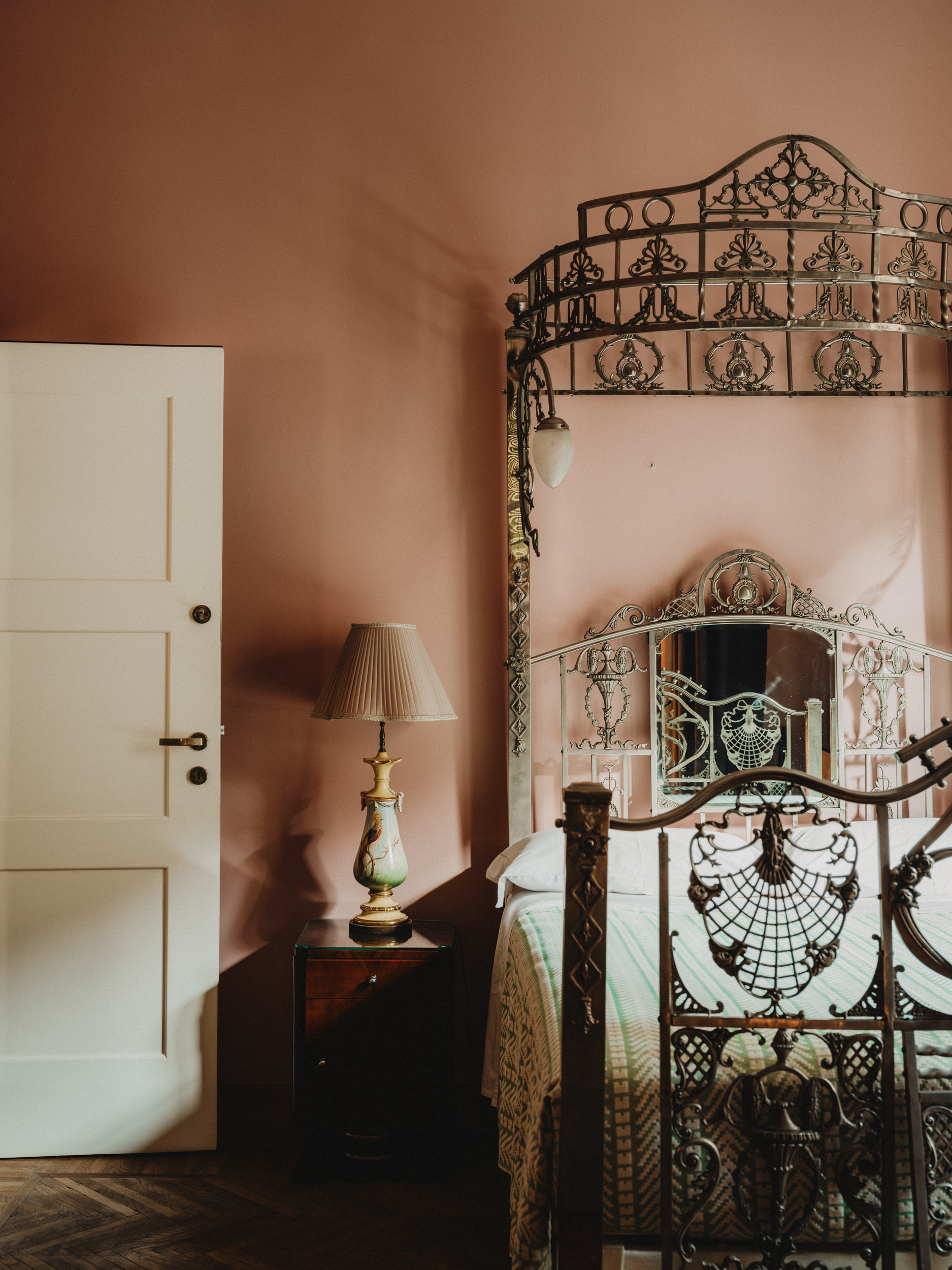
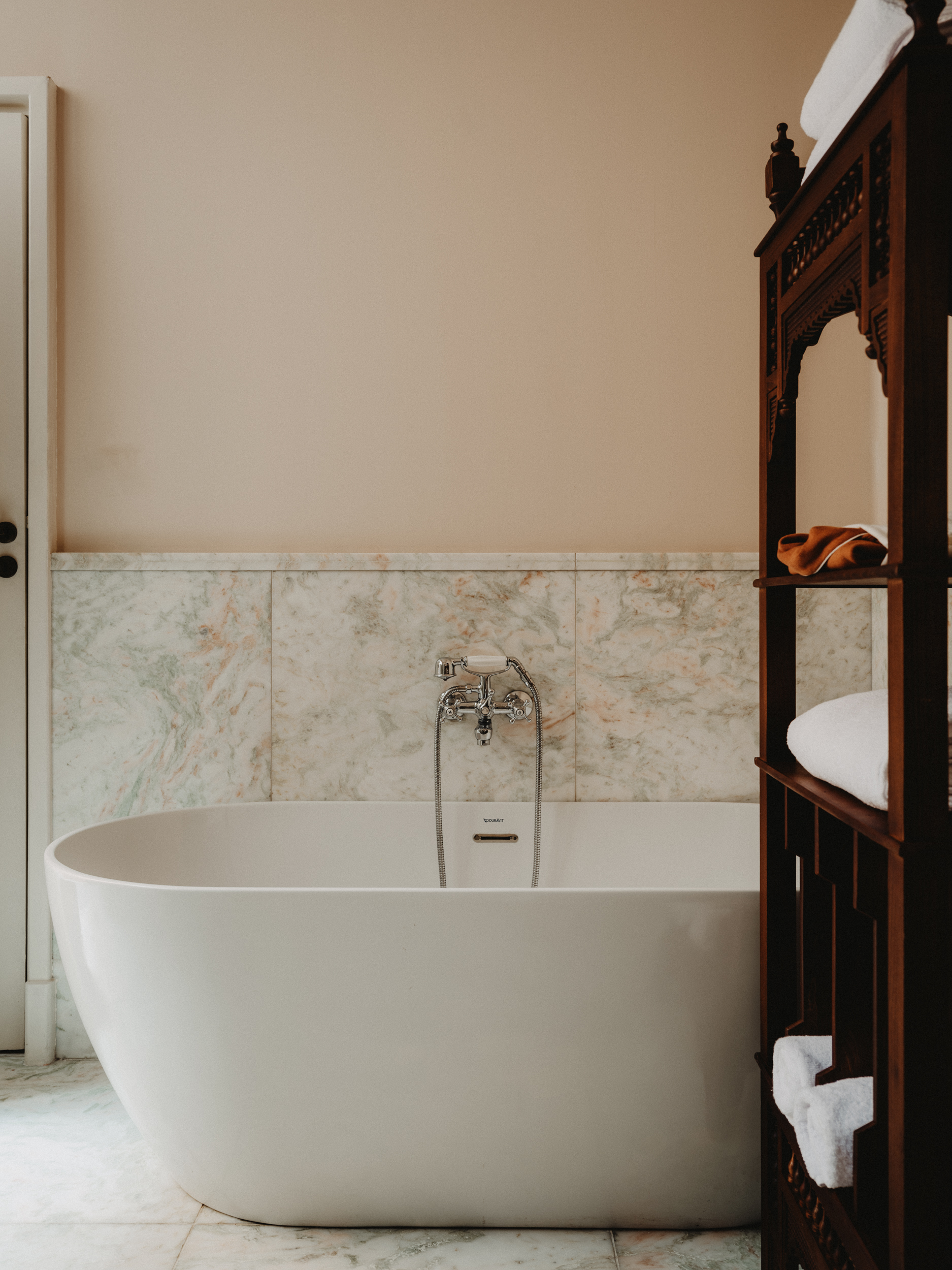
But entering Leila’s Apartment, my pied-à-terre for two nights is like stepping into a secret, a peaceful eyrie that transports me above the noise of the streets below into a soothing space filled with a mix of antiques, objets d’art and furniture pieces that honour the original Art Deco style of the building, yet hark back to a romantic, nostalgic – and possibly imagined – age. The apartments have been renovated, restored and decorated by lawyer and hotelier Florian Amereller with help from friends including designer Zeina Aboukheir, the Italian-Lebanese founder of the dreamy Al Moudira hotel in Luxor. Sourcing items for the apartments was a treasure hunt that took years.
‘There’s an incredible network of antique dealers here, most of which are located in downtown Cairo near Immobilia,’ says Philomena Schurer Merckoll, co-founder of Egypt Beyond.
Receive our daily digest of inspiration, escapism and design stories from around the world direct to your inbox.
My apartment is named after Leila Mourad, Egypt's most famous singer and actor during the 1940s, and sprawls over three bedrooms and multiple living areas with high ceilings, parquet floors and marble tiles. The light-filled winter garden, with its chequered terrazzo floor and vintage steamer trunk, turned into a cocktail cabinet, is the perfect space for early mornings spent writing. A bank of windows opens onto a sunny terrace flanked by cacti and desert roses, the ideal perch for cold drinks in the evening. In the smaller of two dining areas, a set of mid-century chairs covered in periwinkle moiré silk encircles a white marble table topped by a vase of cheery yellow chrysanthemums and bowls of nuts and dried fruits.

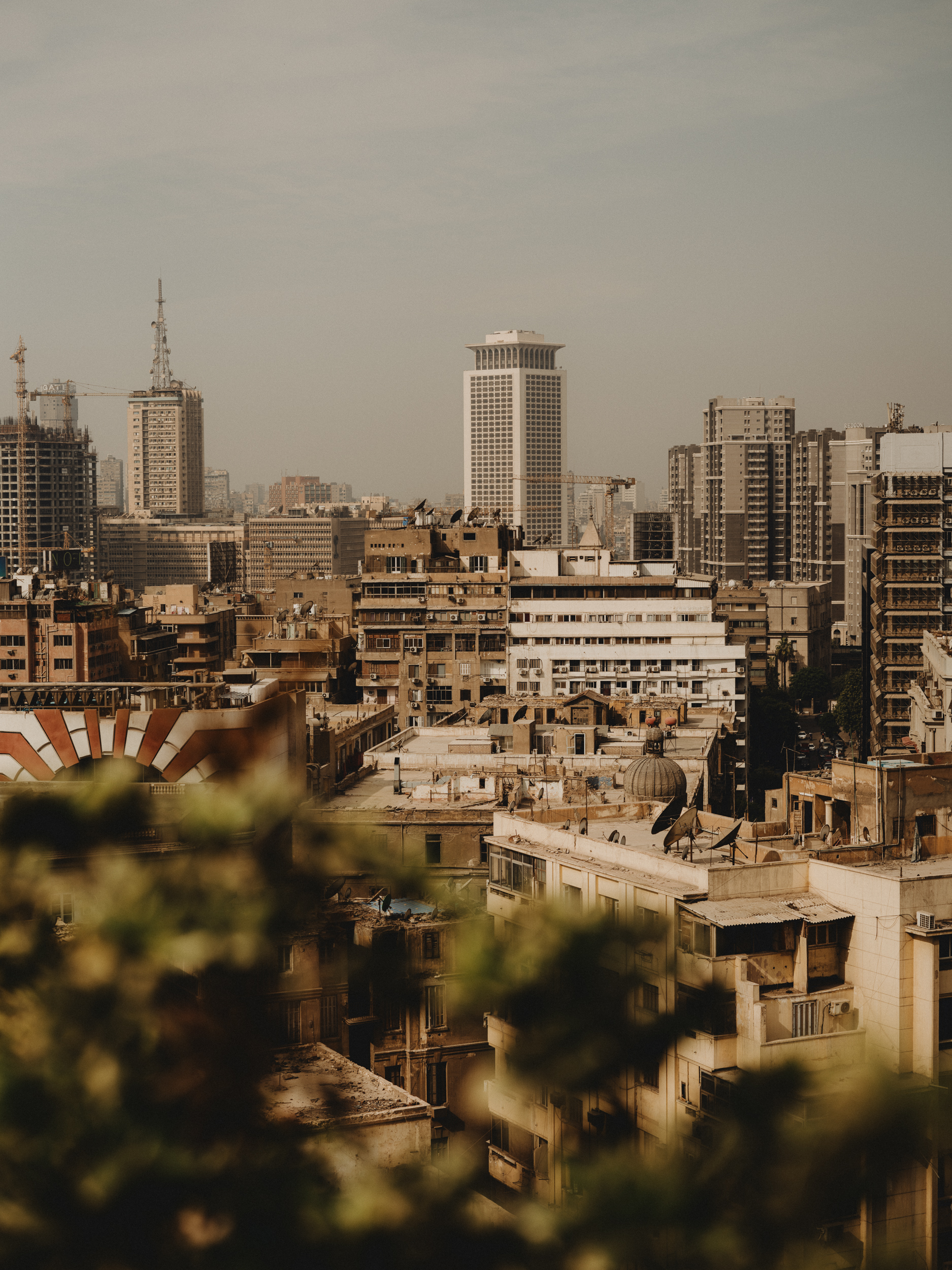
Walls feature original etchings of Ancient Egyptian heritage sites – Thebes, Kom Ombo, Philae – and works by contemporary Egyptian artists. In the pink-walled guest bedroom is a 19th-century silver bed sourced from the Royal Abdeen Palace, flanked by ceramic lamps painted with golden pheasants. Antique crystal chandeliers cast twinkling lights, and the shutters covering the windows are opened with the yank of a heavy metal chain. Splashes of rich colour come in the form of carpets sourced in the bazaars of Istanbul and suzanis from Madu, a homeware store belonging to Amereller’s wife Margarita Andrade in Cairo’s Zamalek neighbourhood, where shelves are piled high with covetable artisanal pieces from around the world.
Handsome bathrooms, including one with marble reminiscent of chunks of Toblerone, have been retrofitted in the mood of the originals, but with full modernity and good, strong water pressure. Ultra-soft bathrobes in shades of sage and teal come from Cairo-based brand Malaika, made from velvety brushed cotton, and are styled with a louche, classic cut. Bedding, also from Malaika, features hand embroidery by artisans from Threads of Hope, the company’s social enterprise that creates sustainable work opportunities for marginalised women, both local and refugees.
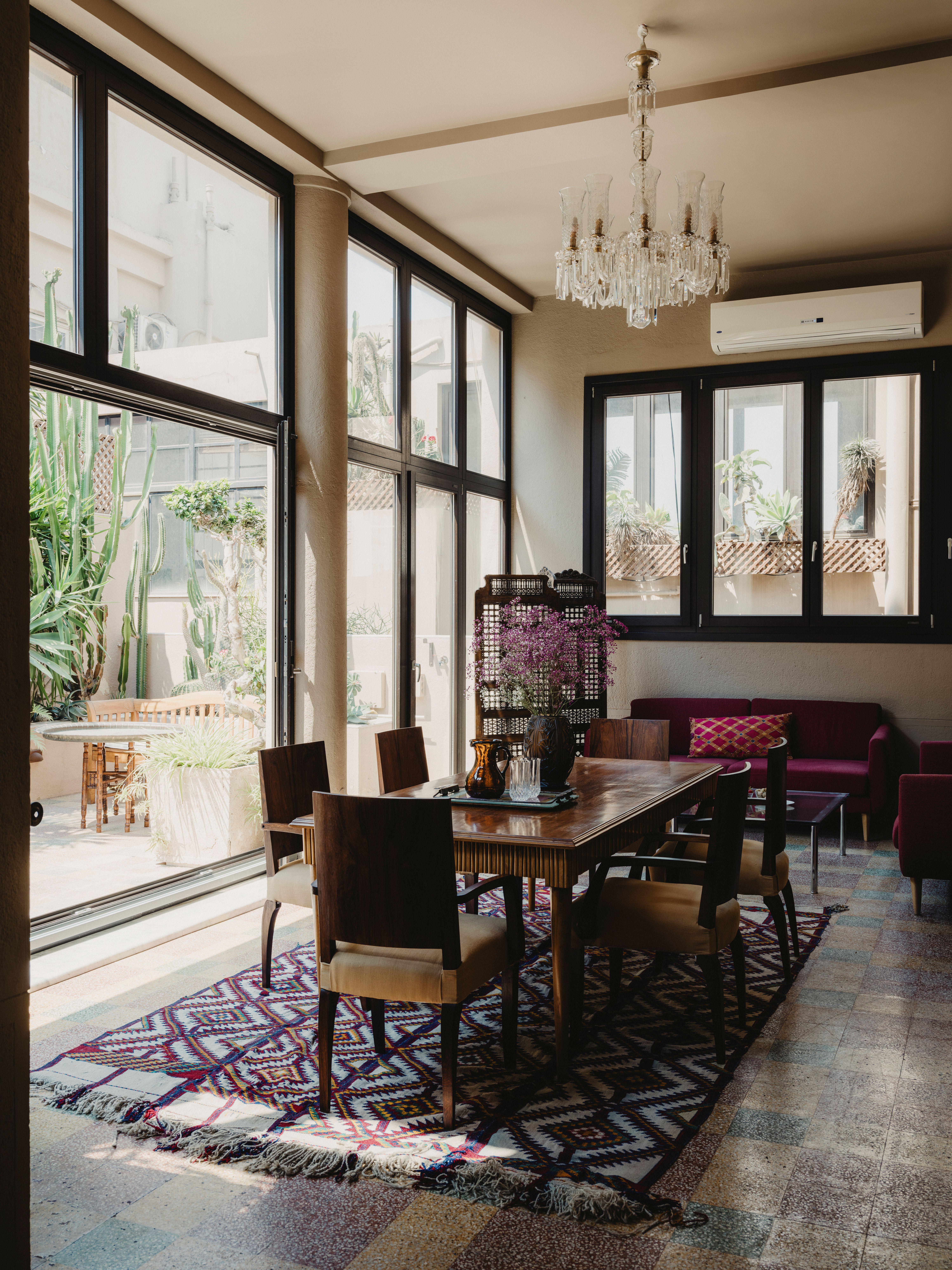
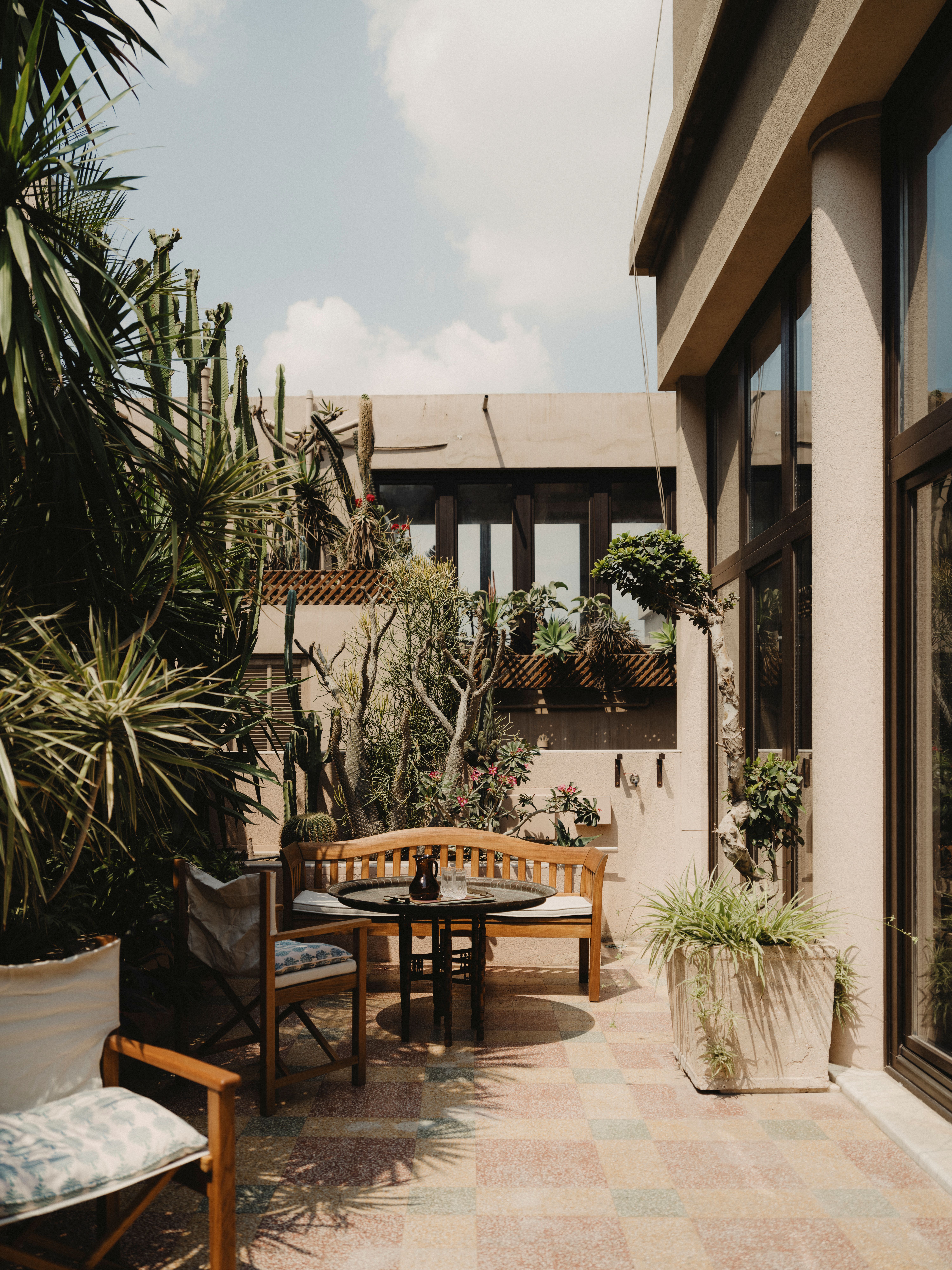
Each of the four apartments has its own personality, although there’s a clear common thread that runs through them. While the interiors may be exceptionally individual, the experience of having your own residence in the city goes beyond mere aesthetics. When I wake each morning, the dining table in the winter garden is already covered with dishes made by potters in the village of Fayoum outside Cairo, filled with vegetable crudités, sliced fruit, dates, jams, honey, cheeses and pastries. Housekeeper Safa has been out to get tameya, Egyptian falafel made with fava instead of chickpeas, and hot foul bean stew, in case the feast already laid out wasn’t enough.
Immobilia also curates shopping, dining and sightseeing guides for guests, with recommendations from Cairo tastemakers like architect Tarek Shamma and gallerist Zein Khalifa. Daily housekeeping and laundry services are provided, and chefs can be arranged for at-home dinners. Each apartment also comes with a car and chauffeur for daytime drives around the city, an invaluable and stress-free addition that makes gallery-hopping, shopping in the Khan El Khalili bazaar, and taking in the theatre of the Cairene streets from the car window so much easier.
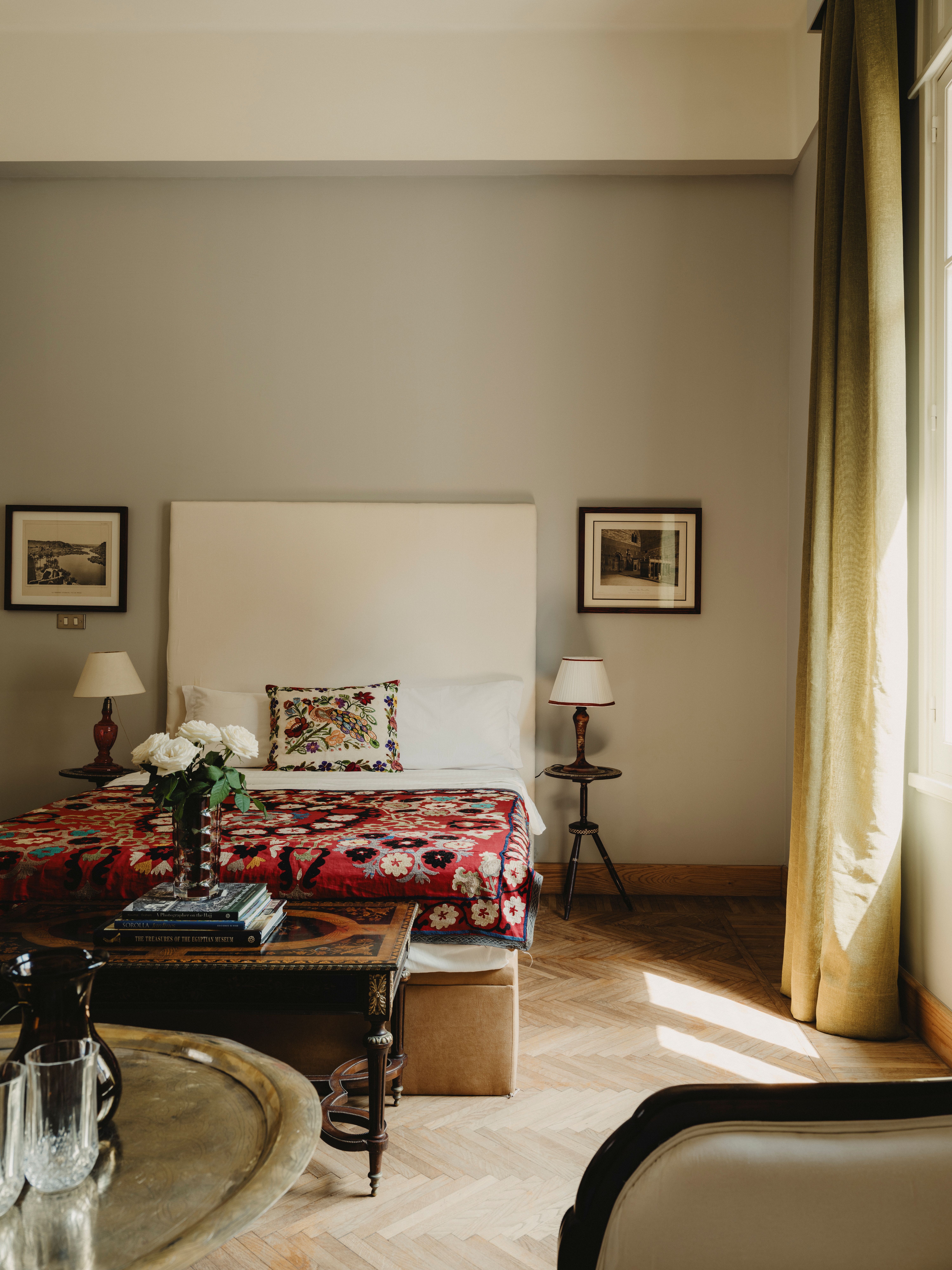

‘We want our guests to feel the pulse of the city by living like an inhabitant, helping them get below the surface of the things we love to do in Cairo in a high-low way,’ says Schurer Merckoll. That list of things they love includes a neighbourhood pizzeria, lesser-known museums, and a list of antique dealers from which many of Immobilia’s pieces are sourced.
There are plans to add more apartments to the current Immobilia collection, as well as Immobilia House, a clubhouse for guests in the former Exxon Mobil Club on the eighth floor of the building. A stay in these apartments may not be for everyone, but perhaps that’s what makes them even more special. Immobilia offers what feels like a hidden sanctuary in this intoxicating city that is ideal for today’s design-driven traveller. It might even make you want to move here.
Immobilia is located at 26 Sherif Basha St, Downtown, Abdeen, Cairo Governorate, Egypt; egyptbeyond.com
Yorkshire-born writer Nicola Chilton has lived and worked in Mexico, Japan, Hong Kong and Thailand, and has made the United Arab Emirates home for the past nine years. She writes about people and places for international publications, including Afar, Centurion, Departures, The Times and many more, and is a contributing editor at Condé Nast Traveller Middle East.
-
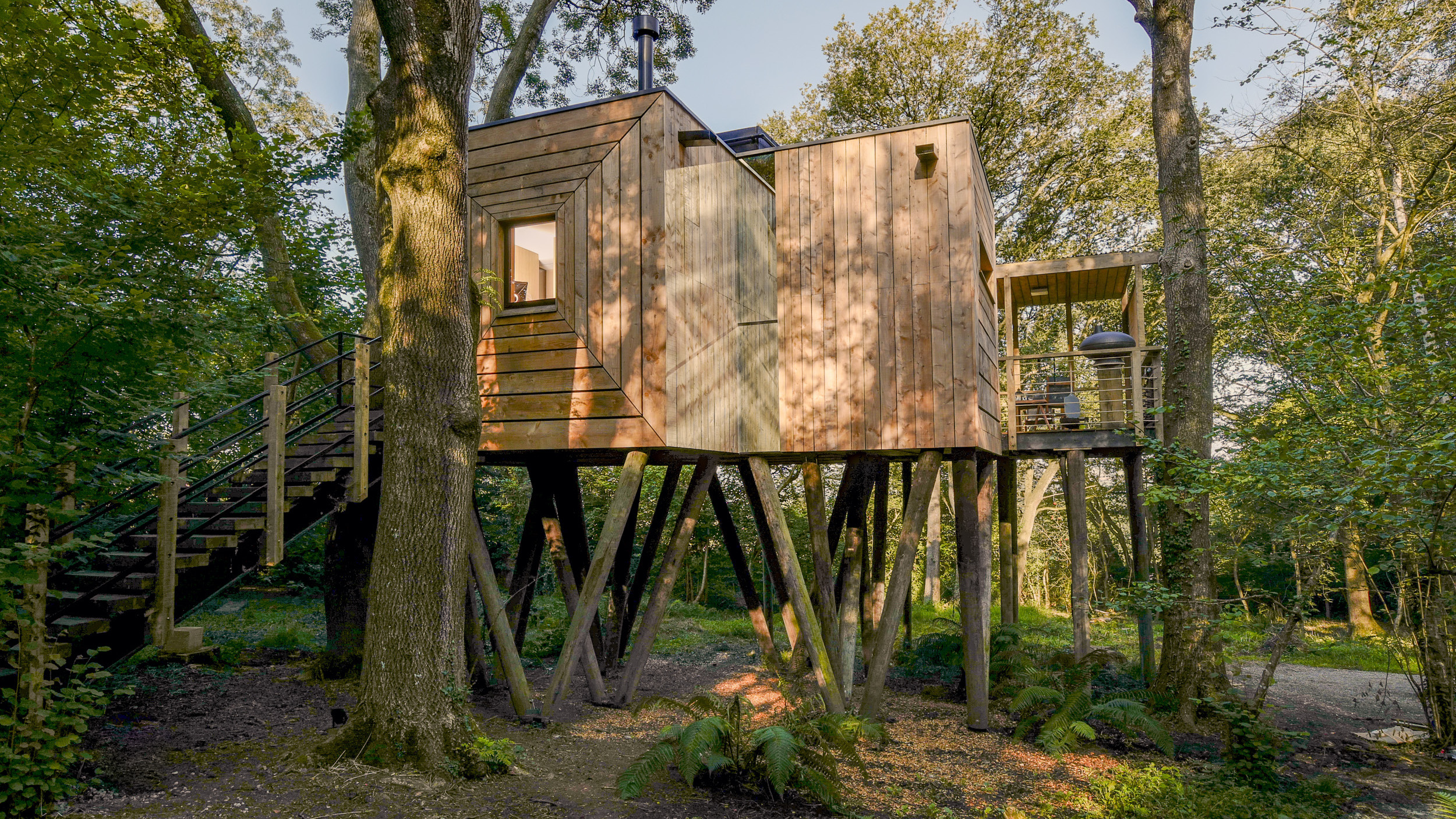 Find solace in the forest at this expansive treehouse retreat in Dorset
Find solace in the forest at this expansive treehouse retreat in DorsetFor sale for the first time, a treehouse, Mallinson’s Woodland Retreat, is a tribute to the skill of designer and master craftsman Guy Mallinson
-
 All hail the compact new Renault Twingo E-Tech – the city car is back in style
All hail the compact new Renault Twingo E-Tech – the city car is back in styleRenault continues to pay homage to its heritage by combining it with 21st-century technology. The new Twingo E-Tech is another winner
-
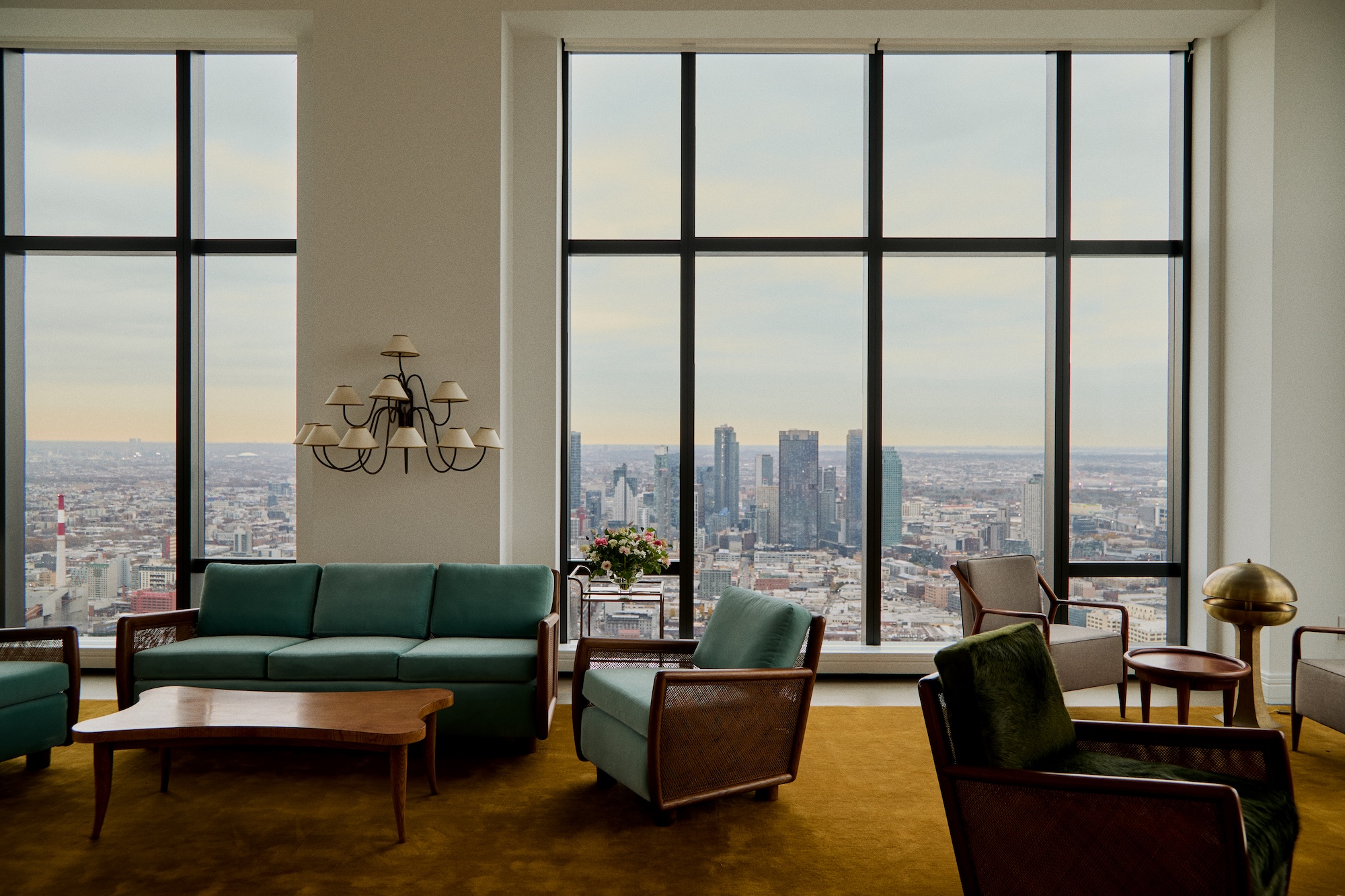 A breathtaking exhibition celebrating modernism’s transatlantic ties soars above Manhattan
A breathtaking exhibition celebrating modernism’s transatlantic ties soars above ManhattanCurated by interior designer Andre Mellone, 'Crossed Trajectories' at Galerie Gabriel's penthouse explores connections between nomadic post-war creatives Jean Royère, Roberto Platé and more